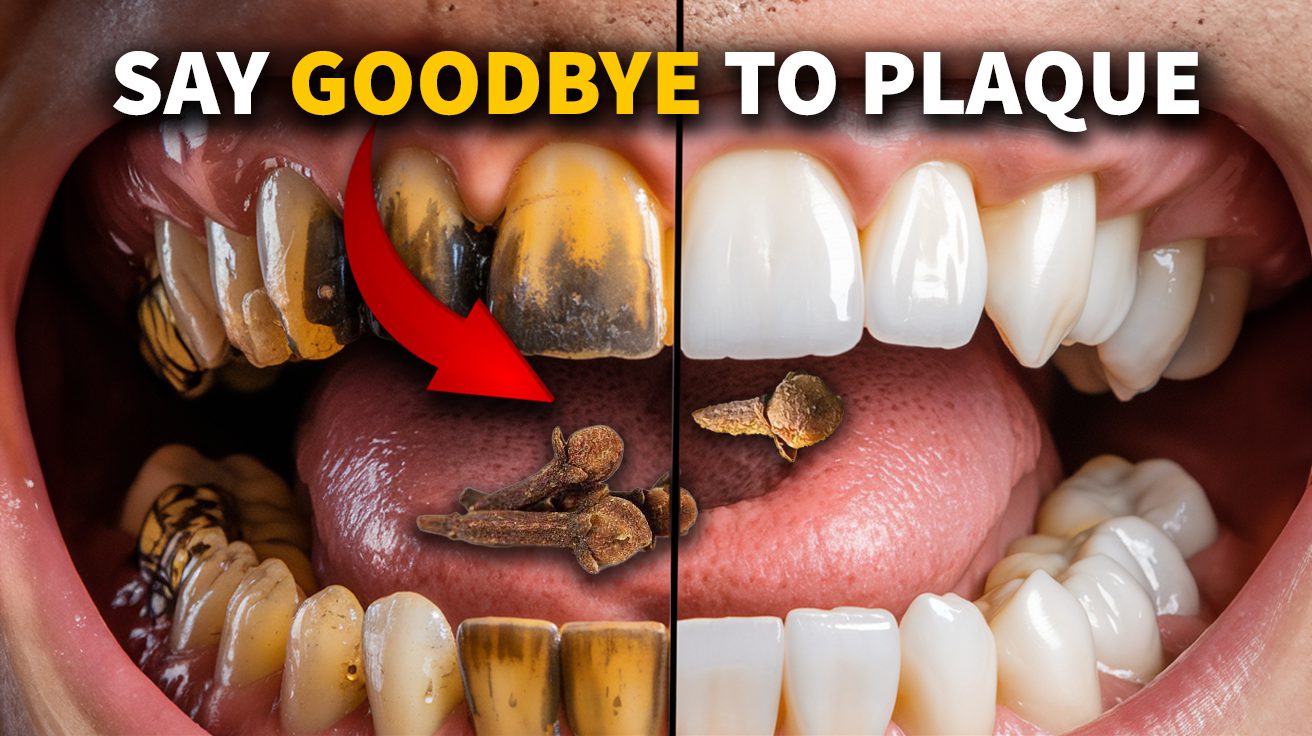Stubborn plaque ruins more than just your smile. Those hidden deposits of tartar actually harbor bacteria that slowly damage your gums and weaken teeth over time. The good news? Natural remedies target this buildup without the harsh chemicals found in commercial products. What makes these kitchen staples so effective is how they break down plaque right at the molecular level.
Your dental health improves with each simple application. Ready to transform your oral care routine? Here are fifteen proven plaque-dissolving techniques anyone can use.
15. Apple Cider Vinegar

Struggling with stubborn plaque? Apple cider vinegar’s natural acids attack buildup that regular brushing misses. But watch out – it’s powerful stuff that can damage enamel if overused. Mix one part vinegar with two parts water and swish briefly before rinsing thoroughly with plain water. Don’t use this more than twice weekly.
14. Crunchy Fruits & Vegetables

The satisfying crunch of raw produce doubles as nature’s toothbrush, physically scraping away plaque while you snack. The physical scrubbing action of apples, carrots, and celery literally scrapes away soft plaque deposits while you eat. Plus, the fiber increases saliva production, which naturally fights bacteria. Your teeth get cleaned and you get nutrients – a true win-win.
13. Guava Leaves

Guava leaves pack serious antimicrobial punch that destroys plaque-causing bacteria before they can colonize your teeth. Chew fresh guava leaves or crush them and use as a paste. The leaves contain compounds that fight inflammation and kill bacteria that cause plaque. This isn’t just folk wisdom – studies back this up as a legitimate plaque-fighter.
12. Tea Tree Oil
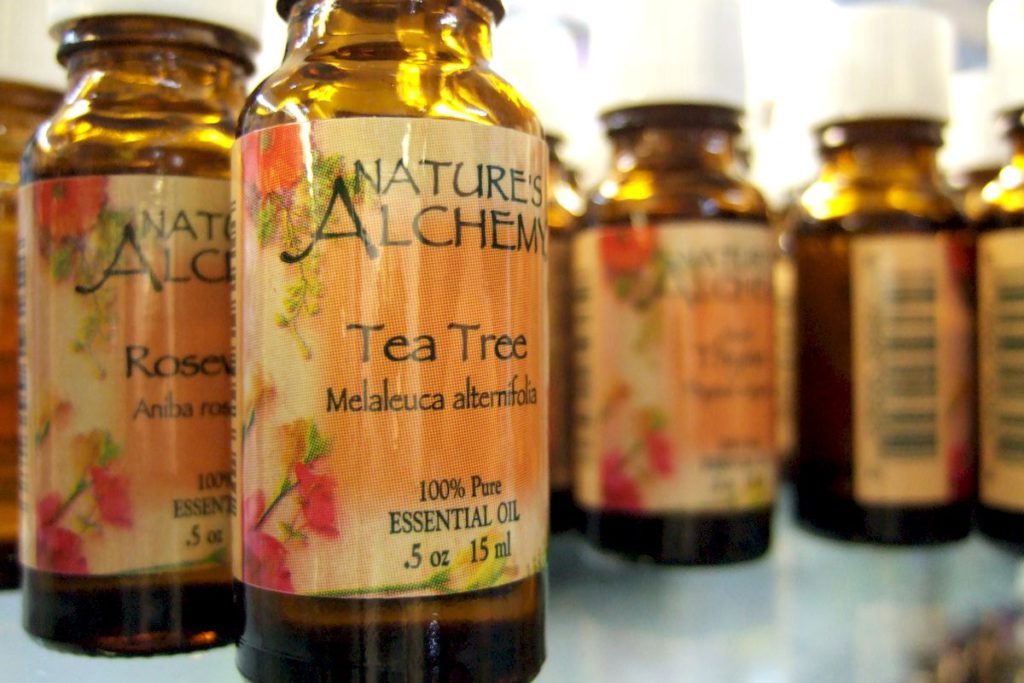
If you’re battling persistent oral bacteria, tea tree oil’s potent antimicrobial properties target the very organisms responsible for plaque formation. Add a single drop to your toothpaste or mix with water for a potent rinse. Just don’t swallow it – tea tree oil is toxic when ingested. And if you notice irritation, stop using it immediately. This stuff works but demands respect.
11. Cranberry Extract

Cranberry extract creates a slippery barrier on tooth surfaces, making it nearly impossible for bacteria to gain the foothold they need to form plaque. The compounds in cranberries disrupt bacterial adhesion, making it harder for plaque to form in the first place. Look for sugar-free supplements or rinses. And no, cranberry juice cocktail won’t work – too much sugar that feeds the very bacteria you’re trying to fight.
10. Green Tea Mouthwash
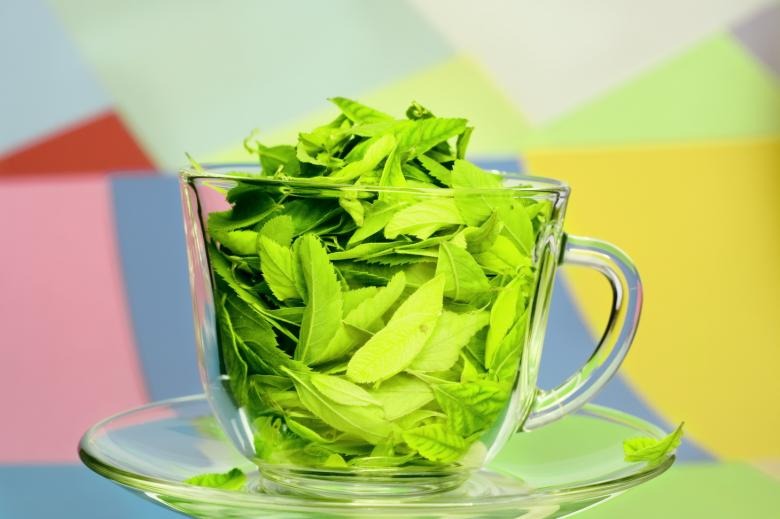
Green tea’s catechins actively hunt down and neutralize the bacteria responsible for both plaque formation and gum inflammation. Research from the Journal of Indian Society of Periodontology confirms green tea’s benefits for periodontal health. The Archives of Oral Biology shows both anti-inflammatory and antimicrobial effects against gingival inflammation. Brew strong green tea, let it cool, and use as a daily rinse. This isn’t just good for fighting plaque – it also freshens breath and strengthens gum tissue.
9. Orange Peel Power

That white inner layer of orange peels you usually discard? It contains d-limonene, a compound that breaks down plaque while delivering a burst of natural freshness. Multiple dental studies show orange peel extract has antimicrobial properties. Rub the white side against your teeth for about two minutes, then rinse thoroughly. But be careful – research in the Journal of Applied Oral Science warns that citrus flavonoids may affect enamel. This natural approach helps loosen plaque while giving you a fresh mouth feel.
8. Tomato Power

Tomatoes deliver a one-two punch against oral problems – lycopene strengthens gum tissue while vitamin C fights inflammation that leads to plaque accumulation. The Journal of Clinical Periodontology notes dietary antioxidants benefit periodontal health. Fresh tomatoes work better than processed ones loaded with sugar. A half-cup serving delivers measurable benefits as part of a balanced diet. Just watch out – their acidic nature can damage enamel if consumed excessively.
7. Bicarbonate Boost
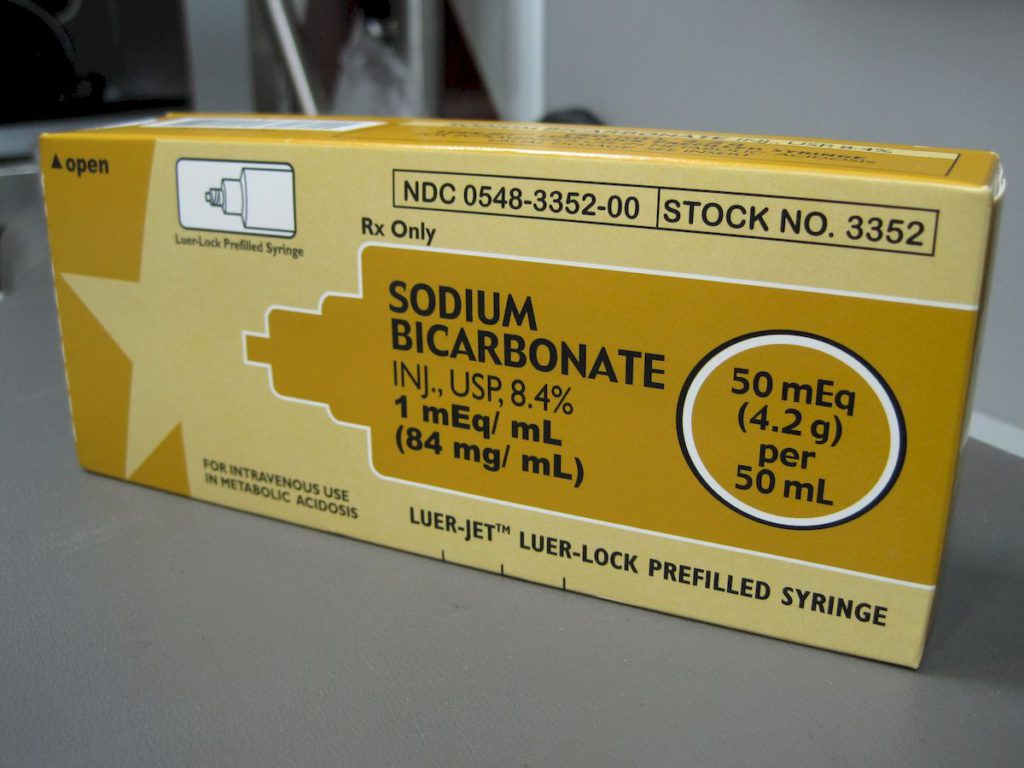
When tough plaque resists your regular toothpaste, the gentle abrasive action of baking soda can scrub away what brushing alone can’t touch. Mix one teaspoon of baking soda with half a teaspoon of salt. The Journal of Clinical Dentistry shows this enhances plaque removal efficacy. The International Journal of Dental Hygiene notes baking soda affects oral microorganism conditions. Use this no more than weekly – overuse risks enamel damage.
6. Zesty Remedy
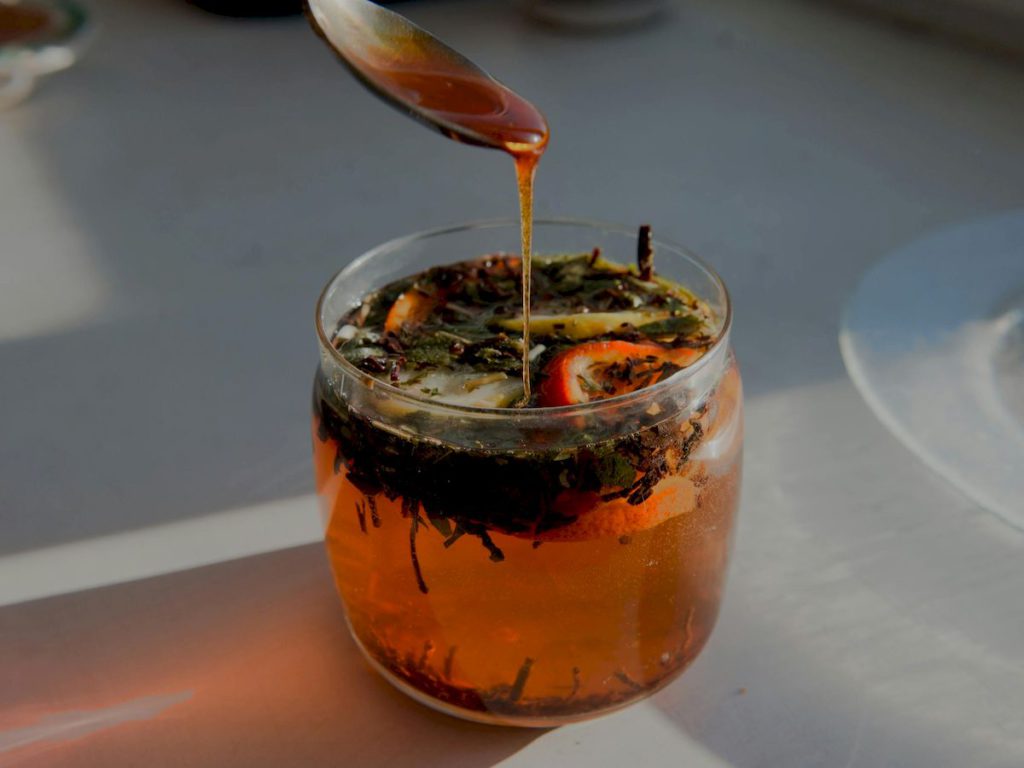
Lemon juice’s citric acid cuts through plaque like a dental superhero, but this power comes with a warning – it can damage enamel if not properly diluted. Always dilute one teaspoon in a cup of water. Swish for just 30 seconds, then rinse with plain water immediately. The International Journal of Dental Hygiene specifically cautions about the erosive potential of vitamin C. This isn’t for daily use – once or twice weekly prevents enamel damage while still fighting plaque.
5. Coconut Cleansing

For centuries before modern mouthwash existed, coconut oil pulling trapped bacteria and pulled them away from teeth and gums with remarkable efficiency. Coconut oil contains lauric acid with proven antimicrobial properties. The Nigerian Journal of Clinical Practice found coconut oil effective against plaque-related gingivitis. Swish a tablespoon of melted coconut oil for 10-20 minutes. Always spit into the trash, not your sink, to prevent clogs. This ancient technique delivers a noticeably cleaner mouth.
4. Seed Scrubbing

The tiny granules of sesame seeds work like microscopic toothbrushes, physically scraping away plaque as you chew them. The Journal of Oral Health and Community Dentistry verified the effects of sesame oil on oral health. Chew a tablespoon of sesame seeds thoroughly without swallowing, letting them physically scrub away plaque. The International Journal of Health Sciences notes the potential health benefits of sesame seed lignans. The seeds act as tiny scrubbers, mechanically removing soft plaque. Brush afterward to remove seed particles.
3. Clove Comfort

Cloves deliver over 85% more antimicrobial activity against oral bacteria than many commercial products, making them a powerhouse for natural plaque control. The Journal of Indian Society of Periodontology confirmed clove oil as a potential antimicrobial agent. BMC Oral Health research shows clove essential oil effective against oral pathogens. Grind one teaspoon of cloves into powder and mix with one tablespoon of olive oil. Massage this paste onto teeth and gums for a few minutes before rinsing. The bonus? Incredibly fresh breath that lasts for hours.
2. Vera Vitality
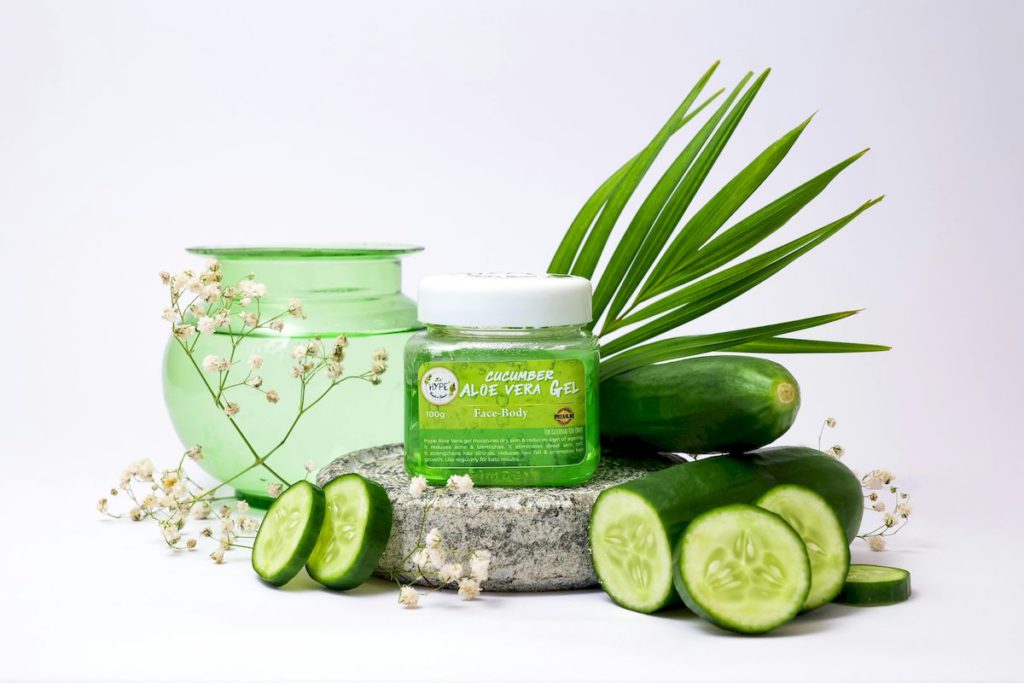
Caught with inflamed, plaque-irritated gums? Aloe vera’s natural cooling and antibacterial properties bring relief while fighting the underlying bacterial cause. Journal of Pharmacy & Bioallied Sciences calls aloe vera a medicinal plant with dental importance. Combine two tablespoons of pure aloe vera gel with two drops of lemon essential oil. Apply with a soft toothbrush, gently massaging for two minutes. This combo reduces inflammation, fights bacteria, and promotes healthier gums.
1. Sanguinaria Solution

If you’re searching for an all-in-one mouth solution, green tea rinse prevents new plaque formation while helping to loosen existing buildup. Medical research consistently shows it reduces plaque formation and gum inflammation. Brew a strong cup, let it cool, and use as a daily mouth rinse. This simple approach both prevents new plaque and helps loosen what’s already there. If you enjoyed this post on how to take better care of your teeth, you might also be interested in the advancements being made around tooth regrowth.

